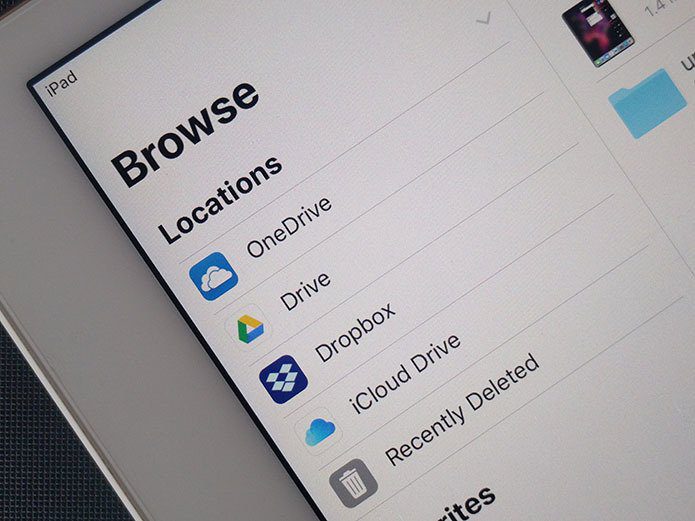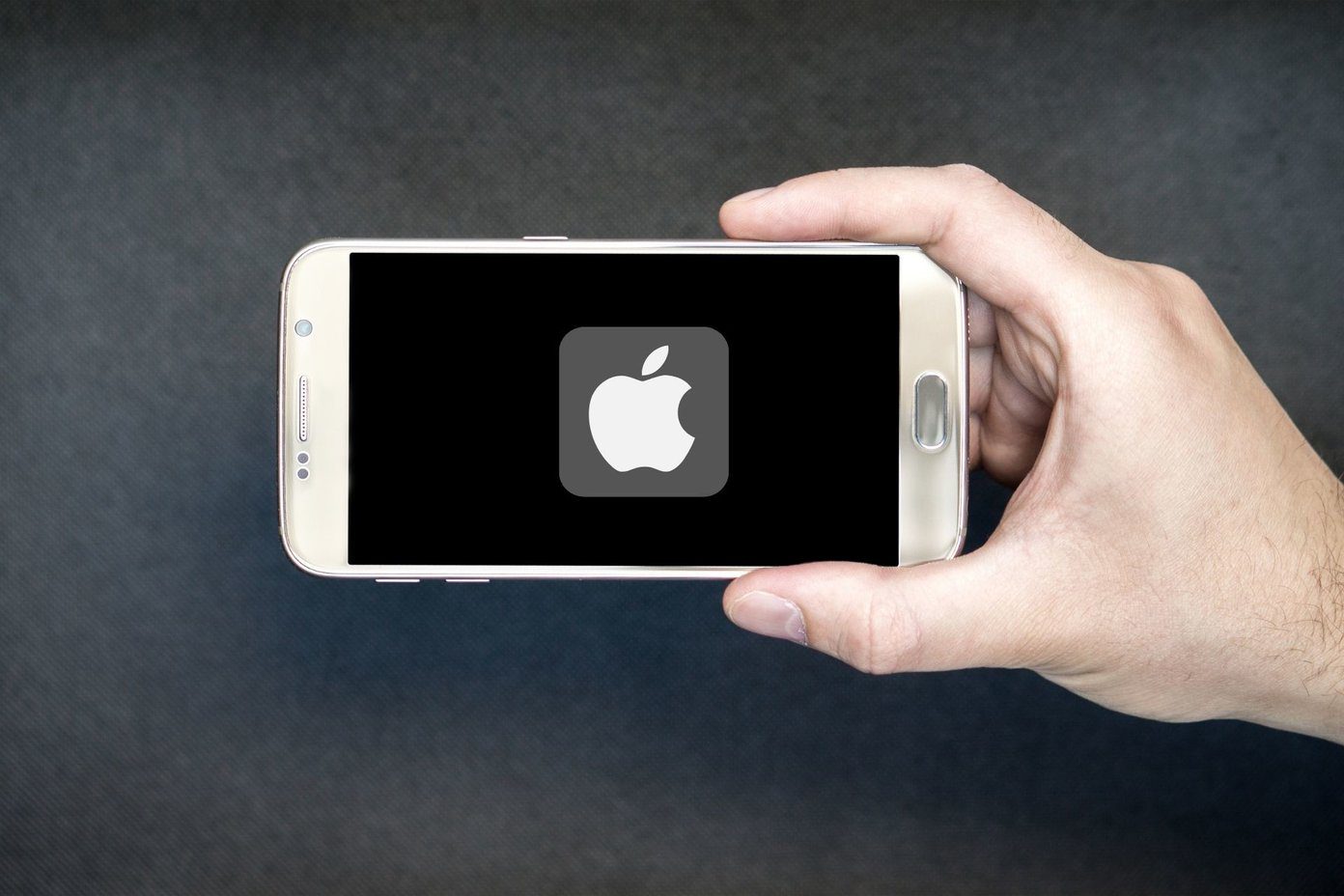This time though, we’ll take a look at what is easily the best free source to learn a new language on the go: the Duolingo app for iPhone (available on Android as well). Let’s take a better look at it.
Using Duolingo
Once you start the app, Duolingo lets you select the language you want to learn or practice. Only Spanish, French, German, Italian, and Portuguese are supported for now, though, which is definitely less than the service’s web counterpart. But a cool aspect of the app is that while limited in the languages it offers, it provides plenty of choice when it comes to learning English, allowing users from different languages (including Chinese, Romanian, French and many more) to learn English from their native tongue. Duolingo also helps you set daily goals and notifications for the lessons you are taking, which in turn encourages consistent learning. Additionally, the app keeps track of your lesson progress across both the iPhone and its web version, so you are always up to date no matter which platform you use for learning.
Interesting Features
The variety of the lessons provided is another major plus of Duolingo. In this aspect, it replicates one of the main advantages of its web counterpart, starting with simple word-matching exercises and then moving onto more complex ones, like audio tests and most importantly, translations. In fact, at the end of every few lessons, you can practice what you learned by translating real content. The neat part about this is that Duolingo checks your translation answers using the ones from other members as a reference in order to score your results. There are also some advantages that the Duolingo iPhone app boasts over its web counterpart: To start, typing foreign characters on your iPhone is easier than on your computer. Another cool feature that is only available on the iPhone is that it allows you to dictate your responses using voice commands and even Siri, which minimizes the amount of typing and saves time. All the lessons of Duolingo are also available offline. This is a great advantage for people who spend a lot of time commuting and, coupled with the mobile-focus that most lessons have adopted within the app, learning your favorite language anywhere as long as you have a few moments at hand is much easier.
Still Room for Improvement
As great as Duolingo is on the iPhone, during the time I used it I noticed a few aspects of it that could definitely use some improvement. For example, there tends to be some errors on its content, especially on advanced segments of lessons, although you can flag any of these for the app to be improved in future updates. Another aspect that the developers need to improve is the pacing of the lessons for more advanced learners. An option to select your knowledge level of a language would prevent the app from feeling too basic, especially if you are somewhat fluent in that language. And that’s about it. If you have a desire to learn a language (as long as it is Spanish, French, German, Italian, and Portuguese) and don’t have much time to do it, then the Duolingo app is the best free alternative you have. Give it a try! The above article may contain affiliate links which help support Guiding Tech. However, it does not affect our editorial integrity. The content remains unbiased and authentic.




















